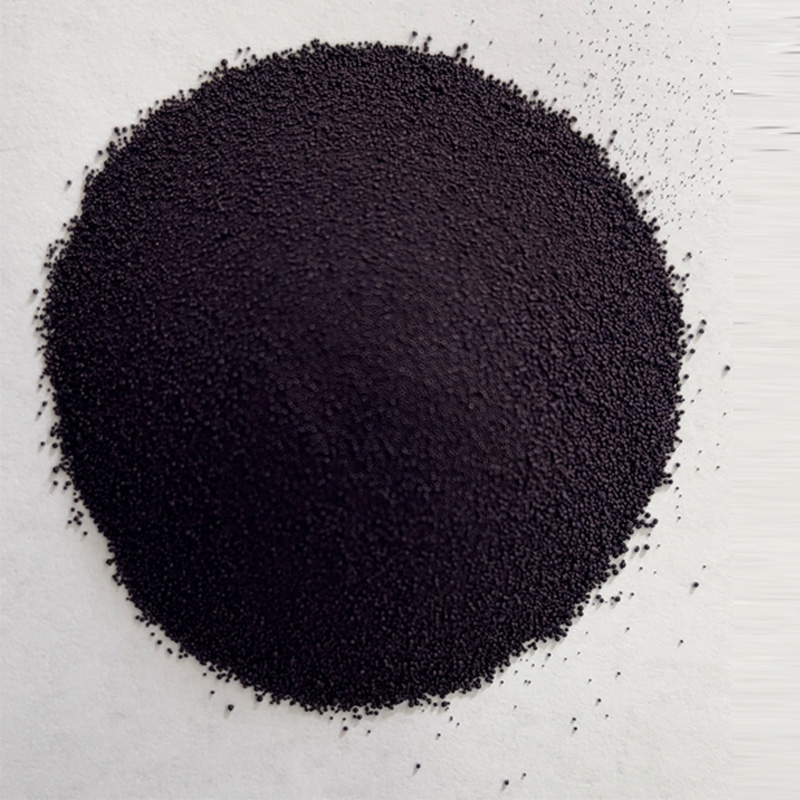Exploring the Rich History and Art of Indigo Dye in Textiles
The Timeless Beauty of Indigo Dye Clothes
Indigo dye, derived from the leaves of the indigo plant, has been cherished for centuries across various cultures for its deep blue hues and vibrant aesthetics. From traditional garment making to contemporary fashion, the process and artistry involved in indigo dyeing have captivated artisans and enthusiasts alike. Indigo dye clothes carry with them a rich history and a unique charm that transcends time and trends.
The Origin of Indigo Dye
The use of indigo dye can be traced back thousands of years, with evidence of its application found in ancient Egypt, China, Japan, and India. The indigo plant, specifically Indigofera tinctoria, was cultivated extensively for its dye, which became a sought-after commodity along trade routes. The process of extracting the dye involves fermenting the leaves to release the indigo compounds, a meticulous labor that emphasizes the dye’s natural appeal.
In many cultures, indigo dyeing is steeped in tradition. For example, in Japan, the art of “shibori,” which involves tie-dye techniques, is combined with indigo dyeing to produce intricate patterns and textures. Similarly, in West Africa, indigo is often used in traditional textiles, where artisans employ age-old methods to create striking designs that reflect their cultural identity.
The Artistry of Indigo Dyeing
Indigo dyeing is as much an art as it is a science. The process begins with the preparation of the fabric, which is typically made from natural fibers such as cotton or linen. The fabric must be thoroughly washed and sometimes pre-treated to ensure that the dye adheres properly. The dye bath, created from the fermented indigo leaves, requires careful management of pH levels and temperature to achieve the perfect shade of blue.
indigo dye clothes

One of the fascinating aspects of indigo dyeing is the color-changing effect it exhibits. When the fabric is first removed from the dye bath, it appears greenish-yellow, only to oxidize into a deep blue as it comes into contact with air. This transformation adds an element of surprise and excitement to the dyeing process, making each piece of fabric truly unique.
Patterns in indigo dye clothes can be created through various resist techniques, such as folding, binding, or stitching. Each method yields distinct designs that tell stories and convey cultural significance. The beauty of indigo-dyed garments lies not only in their color but also in the artistry and craftsmanship behind their creation.
Contemporary Relevance
Today, indigo dyeing has experienced a resurgence in popularity as consumers become more conscious of sustainability and the environmental impact of fast fashion. The natural dyeing process is eco-friendly, and many artisans are embracing traditional methods to create beautiful, sustainable clothing that tells a story. Brands and designers are increasingly incorporating indigo dye into their collections, blending traditional techniques with modern aesthetics.
Moreover, the revival of interest in handmade textiles has led to a newfound appreciation for the value of artisanal craftsmanship. Wearing indigo dye clothes today is not just about fashion; it's about supporting heritage, celebrating craftsmanship, and choosing sustainable alternatives to mass-produced garments.
Conclusion
Indigo dye clothes represent more than just a garment; they are a fusion of history, culture, and artistry. The deep blues that characterize these fabrics evoke a sense of timeless beauty and connection to a broader narrative of human creativity. As we move forward, embracing the artistry of indigo dyeing not only honors the rich traditions of the past but also paves the way for sustainable and ethical fashion practices. By choosing indigo-dyed garments, we not only wear a piece of art on our bodies but also contribute to a legacy of craftsmanship that deserves to be celebrated. With every indigo-dyed stitch, we carry forward the stories and traditions of those who came before us, ensuring that this beautiful art form continues to thrive for generations to come.
-
The Timeless Art of Denim Indigo Dye
NewsJul.01,2025
-
The Rise of Sulfur Dyed Denim
NewsJul.01,2025
-
The Rich Revival of the Best Indigo Dye
NewsJul.01,2025
-
The Enduring Strength of Sulphur Black
NewsJul.01,2025
-
The Ancient Art of Chinese Indigo Dye
NewsJul.01,2025
-
Industry Power of Indigo
NewsJul.01,2025
-
Black Sulfur is Leading the Next Wave
NewsJul.01,2025

Sulphur Black
1.Name: sulphur black; Sulfur Black; Sulphur Black 1;
2.Structure formula:
3.Molecule formula: C6H4N2O5
4.CAS No.: 1326-82-5
5.HS code: 32041911
6.Product specification:Appearance:black phosphorus flakes; black liquid

Bromo Indigo; Vat Bromo-Indigo; C.I.Vat Blue 5
1.Name: Bromo indigo; Vat bromo-indigo; C.I.Vat blue 5;
2.Structure formula:
3.Molecule formula: C16H6Br4N2O2
4.CAS No.: 2475-31-2
5.HS code: 3204151000 6.Major usage and instruction: Be mainly used to dye cotton fabrics.

Indigo Blue Vat Blue
1.Name: indigo blue,vat blue 1,
2.Structure formula:
3.Molecule formula: C16H10N2O2
4.. CAS No.: 482-89-3
5.Molecule weight: 262.62
6.HS code: 3204151000
7.Major usage and instruction: Be mainly used to dye cotton fabrics.

